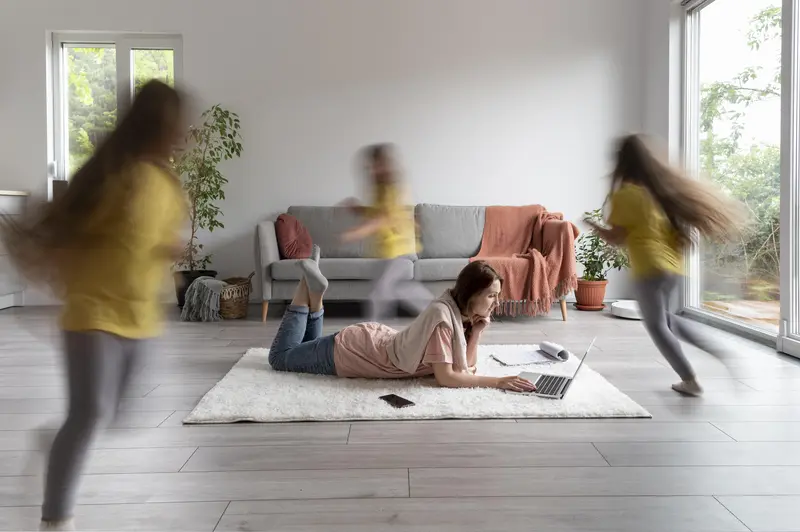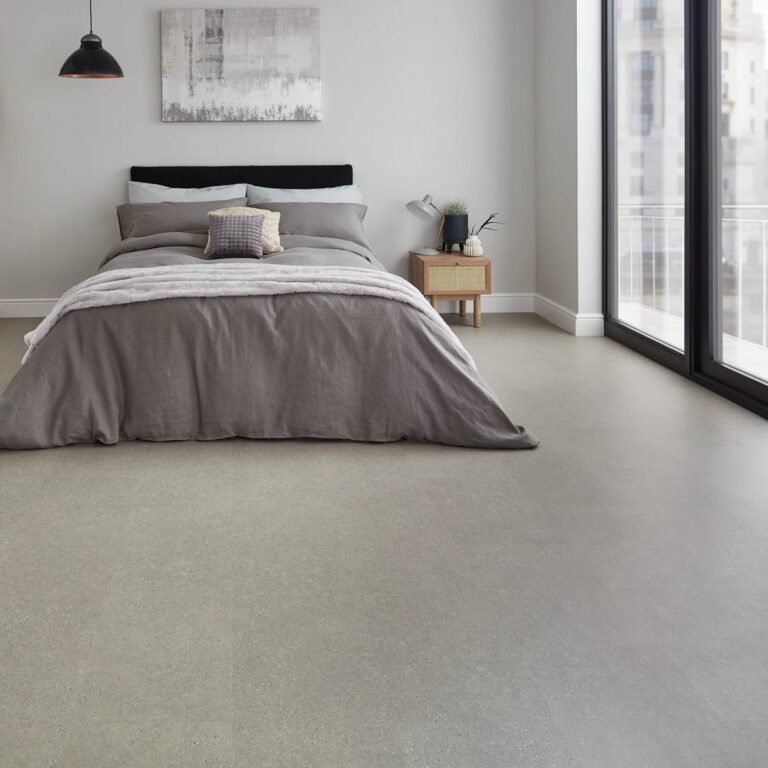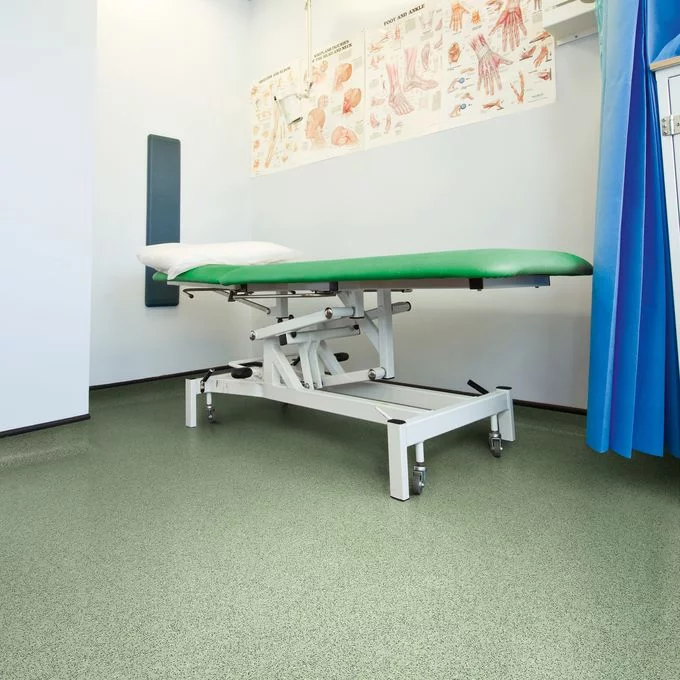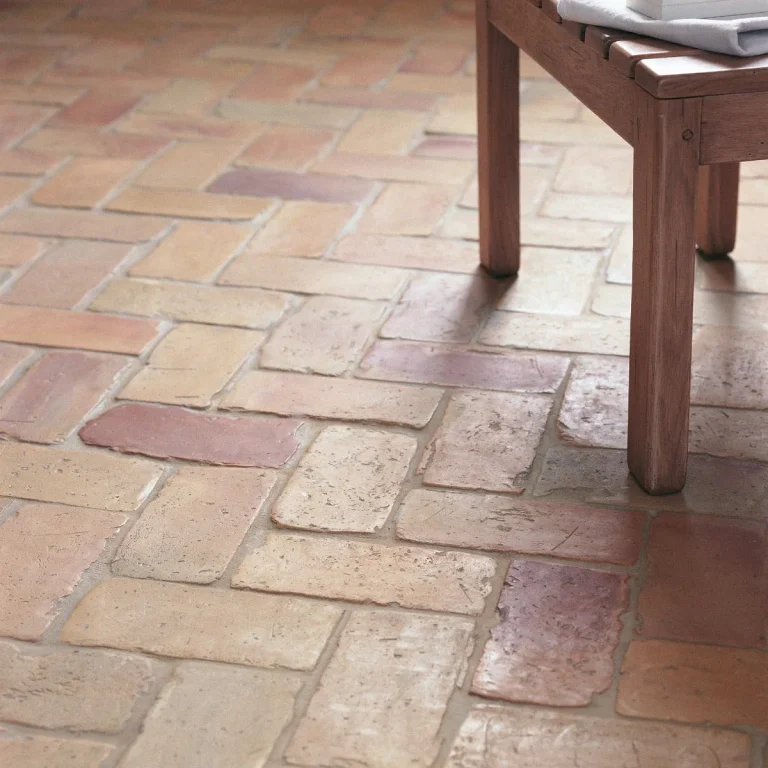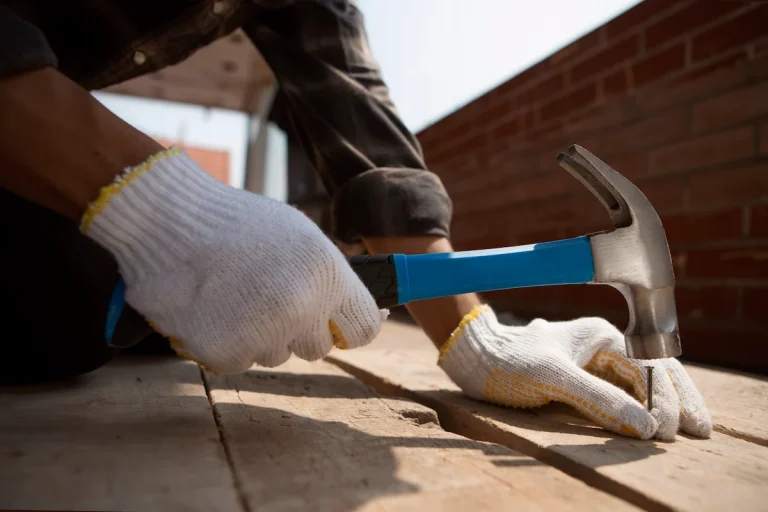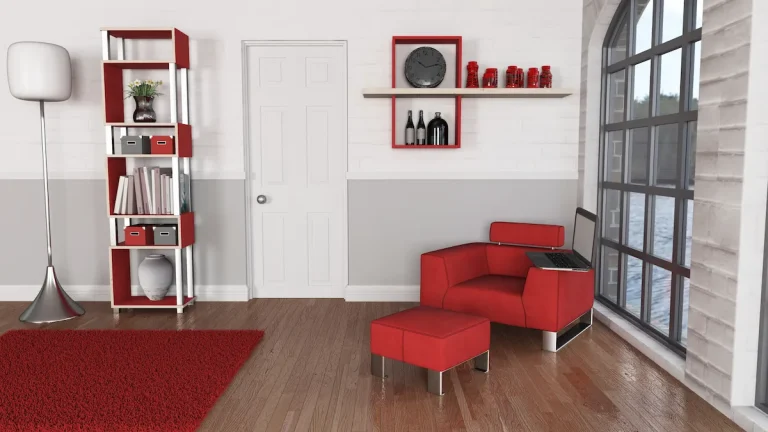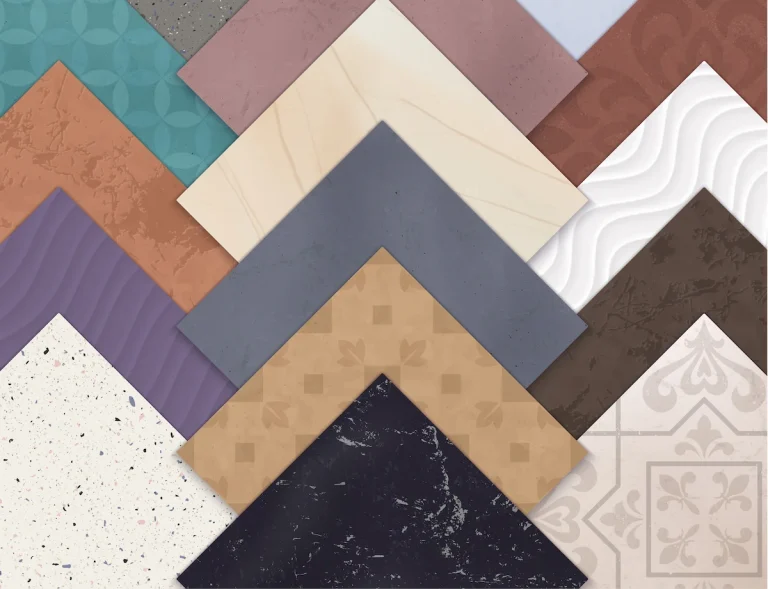If you have ever noticed how sound travels through your home, you might be wondering about the benefits of soundproofing a wooden floor, especially in terms of noise reduction and improving your home atmosphere.
While hardwood floors are beautiful and durable, they can also amplify noise, leading to a less serene living environment. Proper soundproofing can transform this flooring option into a more comforting choice. It may make you wonder how to soundproof a wooden floor.
This article explores why soundproofing is essential, how to assess your noise reduction needs, and the various methods available—from underlayment installation to acoustic mats. We will also delve into the soundproofing requirements and effective underlay options for different flooring types.
Whether you are considering a DIY project or hiring professionals, this guide will help you through every step.
Why Soundproof a Wooden Floor?
Soundproofing a wooden floor is essential for enhancing the overall comfort and atmosphere of your home, particularly if you live in flats or properties where noise pollution can become a significant issue.
Whether you are a tenant looking to comply with landlord regulations or a homeowner seeking to improve your living space, effective soundproofing techniques can significantly reduce both impact noise and airborne noise, creating a peaceful sanctuary free from disruptive sound. Understanding the sound ratings of different materials can aid in your product selection.
Moreover, understanding the soundproofing requirements for wooden floors can lead to a successful flooring project that not only meets aesthetic desires but also meets practical needs. This involves considering various flooring materials and installation processes to achieve the best results.
Does Hardwood Floor Reduce Noise?
Hardwood floors are known for their aesthetic appeal and durability, but many homeowners wonder if they also contribute to noise reduction in their living spaces.
While hardwood flooring can provide a solid surface that minimises some noise levels, it may not be sufficient for effective soundproofing on its own. Conducting a noise assessment and sound testing can provide valuable insights.
This is particularly true in spaces where echoes and footfalls can become amplified, creating a less than serene environment.
To achieve optimal sound insulation, additional solutions such as:
- Acoustic underlay, a vital component in many soundproofing projects
- Sound reduction membranes such as the Impact Sound Reduction Membrane
- Carpeting or area rugs, which can also enhance room acoustics
- Wall treatments
may be necessary, especially in multi-storey homes or buildings with various flooring types. Understanding your flooring choices can help in selecting the most suitable sound solutions.
These options can significantly improve sound properties and contribute to a more tranquil atmosphere, ensuring that the aesthetic benefits of hardwood do not come at the cost of comfort.
How to Determine the Level of Soundproofing Needed for Wooden Floors
Determining the appropriate level of soundproofing needed for your wooden floor involves a comprehensive noise assessment to identify existing noise levels and the specific soundproofing requirements of your space.
Understanding the decibel rating of sounds you are exposed to, whether from impact noise or airborne noise, is crucial for choosing the right sound solutions. Effective underlay and soundproofing membranes can significantly contribute to achieving your silence goals.
Professional sound testing can provide insights into the effectiveness of current sound insulation methods, helping you make informed decisions for your flooring project that align with comfort and silence goals. This is essential for meeting soundproofing requirements and achieving optimal room acoustics.
What Type of Noise are You Trying to Block?
When considering soundproofing for your wooden floor, it is essential to identify the type of noise you are trying to block, as this will dictate the sound solutions you implement. Impact noise, which comes from footsteps or dropped objects, differs significantly from airborne noise, such as conversations or music, which travels through the air. Each type of noise has different sound properties and requires tailored soundproofing strategies and materials to achieve effective noise reduction.
To effectively address these concerns, one must first analyse the specific environments where sound issues occur. For instance, homeowners can utilise sound-absorbing materials like carpets or rugs, which help mitigate impact noise by dispersing the force of footsteps.
Installing underlayments, such as foam or rubber, beneath flooring can significantly enhance sound insulation. On the other hand, to combat airborne noise, options such as acoustic panels or soundproof curtains can be employed to absorb and block sound waves. Effective Soundproofing Solutions:
- Impact Noise: Rugs, carpets, and underlayment types
- Airborne Noise: Acoustic panels, heavy drapes, and soundproof paints
Understanding these distinctive characteristics enables better selection of materials and methods, thereby creating a more peaceful living space.
The Structure of the Wooden Floor
The structure of your wooden floor plays a vital role in determining its sound insulation capabilities and overall effectiveness in soundproofing. Factors such as sound vibrations and noise levels should be considered.
Understanding the components, such as the subfloor and the type of flooring installation, whether it be solid hardwood or engineered flooring, can help you select the best soundproofing methods and materials. Sound engineering principles play a crucial role here. Each structural element contributes differently to noise vibration and sound transmission, which can significantly impact your home’s acoustic environment.
The sub-floor serves as the foundation of your flooring system, providing stability and support. The choice of sub-floor material, such as plywood or OSB, influences the overall sound absorption. Proper installation methods, including the use of underlayments and acoustic strips, can enhance sound insulation.
Whether opting for solid hardwood or engineered flooring can further dictate the sound transmission, as engineered options often come with built-in soundproofing features. This can greatly impact your flooring cost and maintenance requirements.
It is essential to consider all these aspects to achieve optimal acoustics in your space.
How to Soundproof a Wooden Floor
There are several effective methods for soundproofing a wooden floor, each tailored to specific noise issues and acoustic requirements. These methods contribute to the overall interior design and comfort requirements of your space. Utilising sound solutions like acoustic underlay can significantly enhance the sound insulation properties of your flooring, while other techniques such as floor joist insulation or soundproofing membranes can be employed during the flooring installation process.
Choosing the right combination of methods is crucial for achieving optimal noise reduction in your living space. This involves a thorough understanding of the installation process and product selection to ensure underlay effectiveness.
1. Underlayment Installation
Underlay installation is one of the most effective methods for enhancing the soundproofing of wooden floors, particularly when using an acoustic underlay specifically designed for sound reduction. This layer acts as a cushion, absorbing sound vibrations that travel through the floor, making it an essential component in any flooring project aimed at reducing noise levels. Proper installation of the underlay ensures maximum effectiveness, especially when combined with sound reduction membranes and other sound solutions.
The advantages of incorporating underlay extend beyond mere soundproofing; they also improve the overall comfort and longevity of the flooring system. Understanding the sound rating of different underlays can aid in better product selection.
When selecting the right product, consider the following benefits:
- Enhanced acoustic performance, significantly diminishing noise transfer between floors
- Improved thermal insulation, contributing to energy efficiency
- Increased comfort underfoot, creating a softer feel
- Protection against moisture damage
To achieve optimal results during installation, adhere to these steps:
- Prepare the subfloor by cleaning and levelling it.
- Roll out the underlay material, ensuring a tight fit.
- Overlap seams to prevent sound leakage.
- Install flooring according to the manufacturer’s guidelines.
By following these steps, one can ensure a quiet and comfortable living space that effectively utilises sound reduction capabilities. Understanding the soundproofing requirements is essential for achieving optimal acoustics.
2. Floor Joist Insulation
Floor joist insulation is a critical soundproofing technique that involves insulating the spaces between floor joists to minimise noise transmission. By using materials such as acoustic mineral wool or fibreglass, homeowners can significantly enhance sound insulation within their wooden floors, effectively reducing both impact and airborne noise. This method not only contributes to a quieter home but also improves energy efficiency by reducing heat loss. Proper sound engineering and flooring maintenance can ensure long-term benefits.
Implementing floor joist insulation can be both a straightforward and advantageous project for many homeowners. The process typically begins with assessing the areas in need of soundproofing, followed by selecting appropriate materials. Conducting a noise assessment can help in identifying the best soundproofing strategies. For instance:
- Acoustic mineral wool offers excellent sound absorption properties, making it ideal for high-traffic areas. It is a cost-effective choice for many flooring projects.
- Fibreglass is another popular choice, providing thermal insulation along with noise reduction. It is particularly effective in improving room acoustics.
Once the materials are chosen, they are installed between the joists, creating a barrier that effectively dampens noise. The benefits extend beyond just soundproofing; this insulation also helps regulate temperature, contributing to lower energy bills, and ultimately enhancing the overall comfort of the home. Understanding the sound properties of these materials can aid in achieving optimal results.
3. Acoustic Floor Mat Installation
Installing an acoustic floor mat is an excellent way to achieve significant noise reduction in homes with wooden floors, as they are specifically designed to absorb sound and reduce noise levels effectively.
These mats provide a comfortable surface underfoot while also fulfilling comfort requirements, making them suitable for both residential and commercial spaces, including apartments. They can be easily integrated into existing flooring projects without the need for extensive renovations, enhancing flooring aesthetics.
These sound-dampening solutions offer impressive benefits, particularly for those living in multi-storey homes or near busy areas. Using acoustic floor mats not only enhances the overall ambiance by minimising disruptive sounds from footsteps or other daily activities but also contributes to better privacy in shared living environments. They boast an uncomplicated installation process, requiring minimal tools and no prior experience, thus saving both time and expense.
- Soundproofing Capabilities: Their design focuses on absorbing airborne and impact noises.
- Ease of Installation: Quick to set up without special tools.
With these characteristics, it’s clear why many, including tenants, are opting for these mats as a viable solution to enhance their living space and overall home design.
4. Mass Loaded Vinyl Installation
Mass loaded vinyl is a heavy, dense material that can be installed as a soundproofing layer beneath wooden floors, effectively mitigating noise transmission and ensuring noise reduction in multi-storey buildings. This versatile soundproofing solution can be easily integrated into the flooring installation process and is particularly effective against airborne noise, making it an excellent choice for homes near busy streets or in noisy environments, such as Victorian flats.
When considering installation techniques, it is essential to first prepare the subfloor to create a smooth, even surface, ensuring a stable surface. Once that is achieved, the vinyl can be laid out in sheets or cut to fit irregular shapes.
Here are some key benefits of utilising this material:
- Improved Comfort: Reduces noise levels, creating a more serene living space.
- Enhanced Property Value: Increasing sound insulation can make a property more appealing to potential buyers.
- DIY-Friendly: Laying mass loaded vinyl can often be a manageable project for homeowners.
In environments where tranquillity is a priority, such as bedrooms or home offices, this method serves as a practical step towards achieving the desired ambiance.
5. Soundproofing Paint Application
Utilising soundproofing paint can be an innovative solution for enhancing the acoustic properties of wooden floors and floorboards soundproofing, as this specialised paint is designed to reduce noise transmission.
Applying soundproofing paint on walls and ceilings can complement other soundproofing methods by creating a more comprehensive acoustic environment. This paint forms a sound-dampening barrier that absorbs sound waves, making it particularly useful in spaces that require heightened tranquillity, such as home cinemas, music studios, or bedrooms.
Although it may not replace conventional soundproofing techniques, it serves as a valuable addition to any noise reduction strategy. By integrating this paint into your overall design, you can not only enhance aesthetics but also achieve optimal sound control.
- Beneficial in noisy living areas: Reduces distractions.
- Easy application: Typically requires only a brush or roller.
- Complementary to other materials: Works well with acoustic panels and insulation.
How to Soundproof a Wooden Floor: DIY vs. Professional Installation
Regarding soundproofing a wooden floor, homeowners often face the decision between DIY solutions and hiring professional installation services. While DIY methods can be cost-effective and allow for greater control over your flooring project, professional installation may provide superior results due to their expertise in soundproofing techniques and the latest materials. Ultimately, the choice depends on individual comfort requirements and the desired level of sound insulation.
When considering the options, it is essential to weigh several factors that can significantly impact the outcome of your flooring project. For many, the appeal of DIY lies in its cost-effectiveness; however, this approach often requires substantial time and effort, not to mention a certain level of skill to ensure proper techniques are employed. On the other hand, professional installation offers peace of mind as trained experts are more likely to achieve a high-quality finish and optimal sound insulation.
- Cost: DIY can save money upfront, but mistakes may lead to costly repairs.
- Effectiveness: Professionals utilise advanced soundproofing materials that may not be accessible to the average homeowner.
- Ease of Use: Expert services streamline the process, saving valuable time.
Ultimately, the decision hinges on balancing budget constraints with desired outcomes.
Cost of Soundproofing a Wooden Floor
The cost of soundproofing a wooden floor can vary significantly based on the materials used, the methods chosen, and the overall flooring project scope. Homeowners must carefully consider their budget and select soundproofing materials that align with their comfort requirements and aesthetic preferences. While initial costs may seem high, investing in effective soundproofing can lead to long-term benefits, including enhanced comfort and increased property value.
Many factors contribute to the overall expense of soundproofing, such as the choice of materials, which can range from acoustic underlays to soundproof plasterboard. Different installation options may also impact the total cost; for example, professional installation typically incurs a higher fee compared to a DIY approach.
When budgeting, homeowners should consider the following:
- Material quality and effectiveness
- Installation complexity
- Size of the area to be soundproofed
- Maintenance and longevity of materials
By adequately evaluating these aspects, one can make informed decisions that perfectly balance both sound reduction and financial commitment.
Tips for Maintaining Soundproofed Wooden Floors
Maintaining soundproofed wooden floors is essential for ensuring their long-term effectiveness and preserving the noise reduction benefits over time. Regular floor maintenance, including cleaning and inspections, can help identify any potential issues with the soundproofing materials or installation.
By understanding how to properly care for these surfaces, homeowners can enhance their durability and functionality.
Here are some practical tips:
- Conduct thorough inspections every few months to check for any signs of wear or damage.
- Utilise a vacuum with a soft brush attachment to prevent scratches while cleaning.
- Immediately address any spills or moisture to maintain the integrity of both the wood and soundproofing layers.
- Apply appropriate finishes to maintain the appearance and resilience of the wood.
Remember, regular maintenance not only prolongs the lifespan of the floors but also ensures that the soundproofing remains effective, creating a peaceful living space.
Conclusion
Soundproofing wooden floors is a vital consideration for anyone looking to enhance their home’s comfort and minimise noise pollution. By understanding the various methods available, from acoustic underlays to professional installations, and weighing the costs involved, homeowners can make informed decisions that meet their soundproofing requirements. Ultimately, effective soundproofing not only improves the living atmosphere but also adds value to your property.
Utilising effective soundproofing techniques can yield an impressive array of benefits, transforming a noisy environment into a tranquil haven. Homeowners should explore multiple options that suit their specific needs, including:
- Acoustic underlays: These materials can greatly diminish sound transmission and enhance overall comfort.
- Impact Sound Reduction Membrane: This addition can significantly reduce impact noises on wooden floors.
- Rugs and carpets: By incorporating soft flooring solutions, sound absorption can increase significantly.
- Professional installations: Skilled experts can provide tailored solutions for targeted noise issues.
Ultimately, investing in soundproofing not only ensures a peaceful living space but also increases resale value, appealing to potential buyers who prioritise comfort and tranquillity.
In summary, soundproofing your wooden floors is a smart way to reduce noise, enhance privacy, and improve overall comfort in your home. For a professional and flawless installation, TEKA Flooring offers expert fitting services.
TEKA Flooring ensures your floors are both beautiful and quiet. Trust our experienced team to deliver quality results that meet your needs. Contact TEKA Flooring today for a soundproof floor installation you can rely on!
Read also:


























